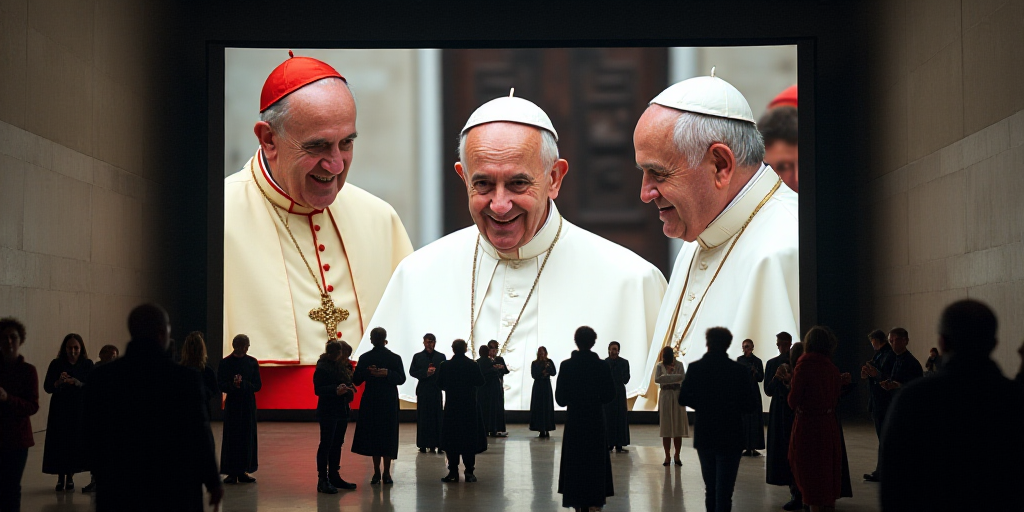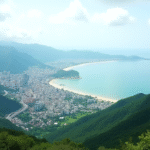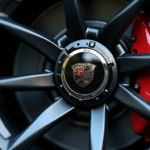Introduction to the Conclave and its Participants
The conclave in Vatican City has officially begun to elect the 267th successor of Saint Peter, the new Pope. The 133 cardinal electors are in Vatican City, preparing for complete isolation from the outside world as they follow the traditional enclosure process of the Catholic Church.
Conclave Schedule and Procedures
The conclave commenced at 10:00 a.m. in Rome with the mass “Pro Eligendo Pontífice” at St. Peter’s Basilica, led by the dean of the College of Cardinals.
- 133 cardinal electors are divided between the Casa Santa Marta and a section of the former papal residence.
- They gathered in the Capella Paolina and proceeded to the Capella Sistina, invoking the guidance of the Holy Spirit.
- The master of ceremonies declared “Extra omnes,” expelling all non-electors, and the doors were sealed.
First Scrutiny and Voting Process
The first vote will take place today at 6:00 p.m. Rome time (11:00 a.m. Colombia time), but vaticanists do not expect an immediate winner.
- From the second day, there will be two votes: one in the morning and another in the afternoon.
- At 12:00 p.m. Rome time (5:00 a.m. Colombia time), the first smoke signal will indicate whether a decision has been reached.
- The second smoke signal will be visible at 7:00 p.m. Rome time (12:00 p.m. Colombia time).
- A white smoke signal means a new Pope has been elected, while black smoke indicates no consensus.
The process is governed by the Apostolic Constitution Universi Dominici Gregis. Each cardinal receives at least two ballots with space for writing the chosen name.
- Before each vote, scrutinizers, auditors, and those responsible for collecting votes from the sick are chosen by lot.
- Cardinals cast their votes one by one, reciting the formula: “I call to witness Christ Lord that my vote is given to him whom, according to God, I believe should be chosen.”
- After voting, scrutinizers shuffle and count the ballots. If there’s a discrepancy in voter numbers, the ballots are destroyed and the process is repeated.
- If all votes match, a public scrutiny follows with the reading of each vote aloud.
To elect the successor of Francis, 89 cardinal votes are required, representing two-thirds of the 133 electors.
- After each vote, the ballots are gathered and burned in a specially installed iron stove in the chapel since 1939, connected to a system that allows for black or white smoke coloration based on the outcome.
- Auditing cardinals verify both ballots and notes to ensure proper execution of their duties.
Responsibility and Cardinal Statements
Cardinal François-Xavier Bustillo, a French-Spanish cardinal, emphasized the importance of responsibility in the process: “We must not be tactical or strategic. We must serve and act responsibly.” He also stated that “The future Pope will be the Pope for all Catholics, not just those who share his views, and must possess the maturity to govern for everyone.”
If an immediate second vote is necessary, the ballots from the first vote are burned together with those from the second vote at the end of the day.
Conclave Duration and Global Expectations
If no decision is reached within three days, a pause for reflection and prayer with spiritual exhortations by senior cardinals will take place.
- The process can repeat up to three blocks of seven votes, followed by voting between the two candidates with the most votes, excluding them from further ballots.
The world eagerly anticipates the new Pope, with over 4,000 accredited journalists in Vatican City, surpassing the 3,000 present during the 2013 conclave.
Cardinal Diversity and Geographical Representation
The current College of Cardinals reflects geographic diversity, with Europe having the largest representation at 53 electors, followed by Latin America and the Caribbean (23), and Asia (23).
- Africa contributes 18 cardinals, North America (14), and Oceania (4).
- Italy leads with 17 cardinal electors, followed by the United States (10), Brazil (7), Spain (5), and France (5).
This distribution highlights a Church with a strong European presence.






